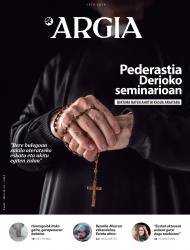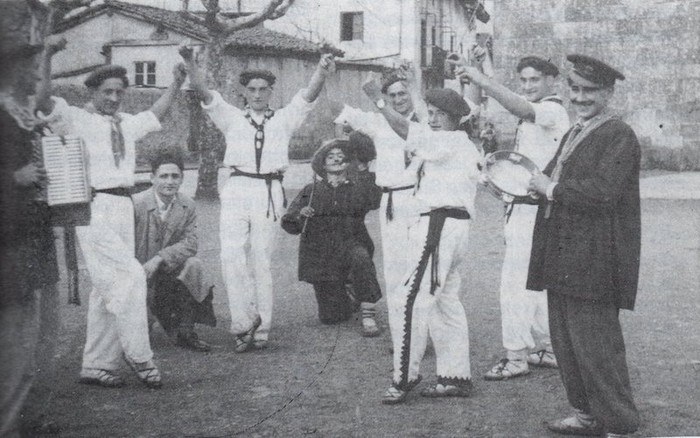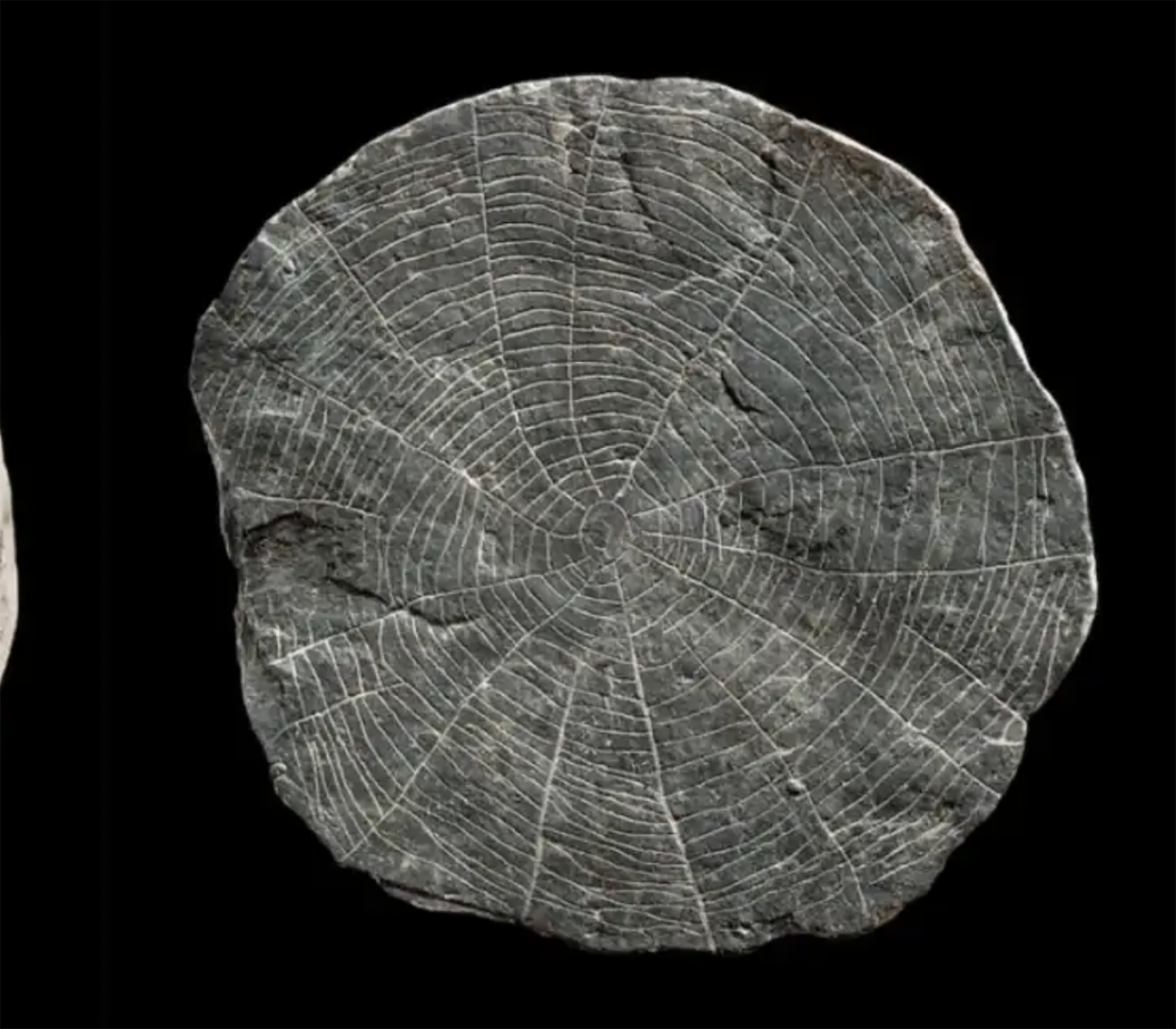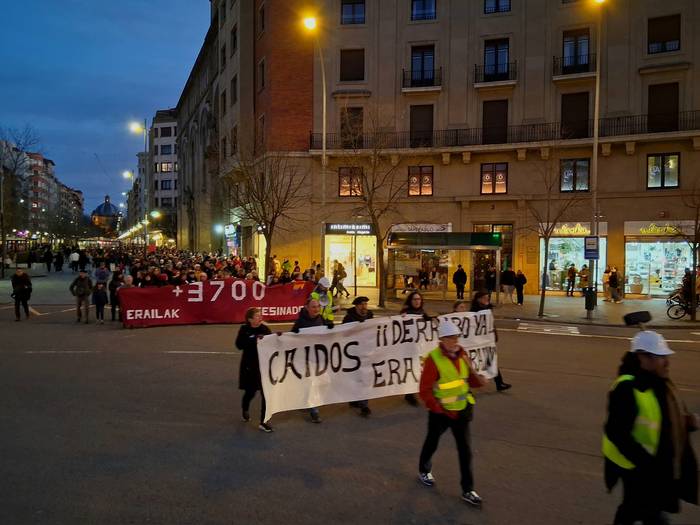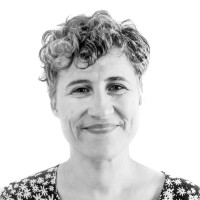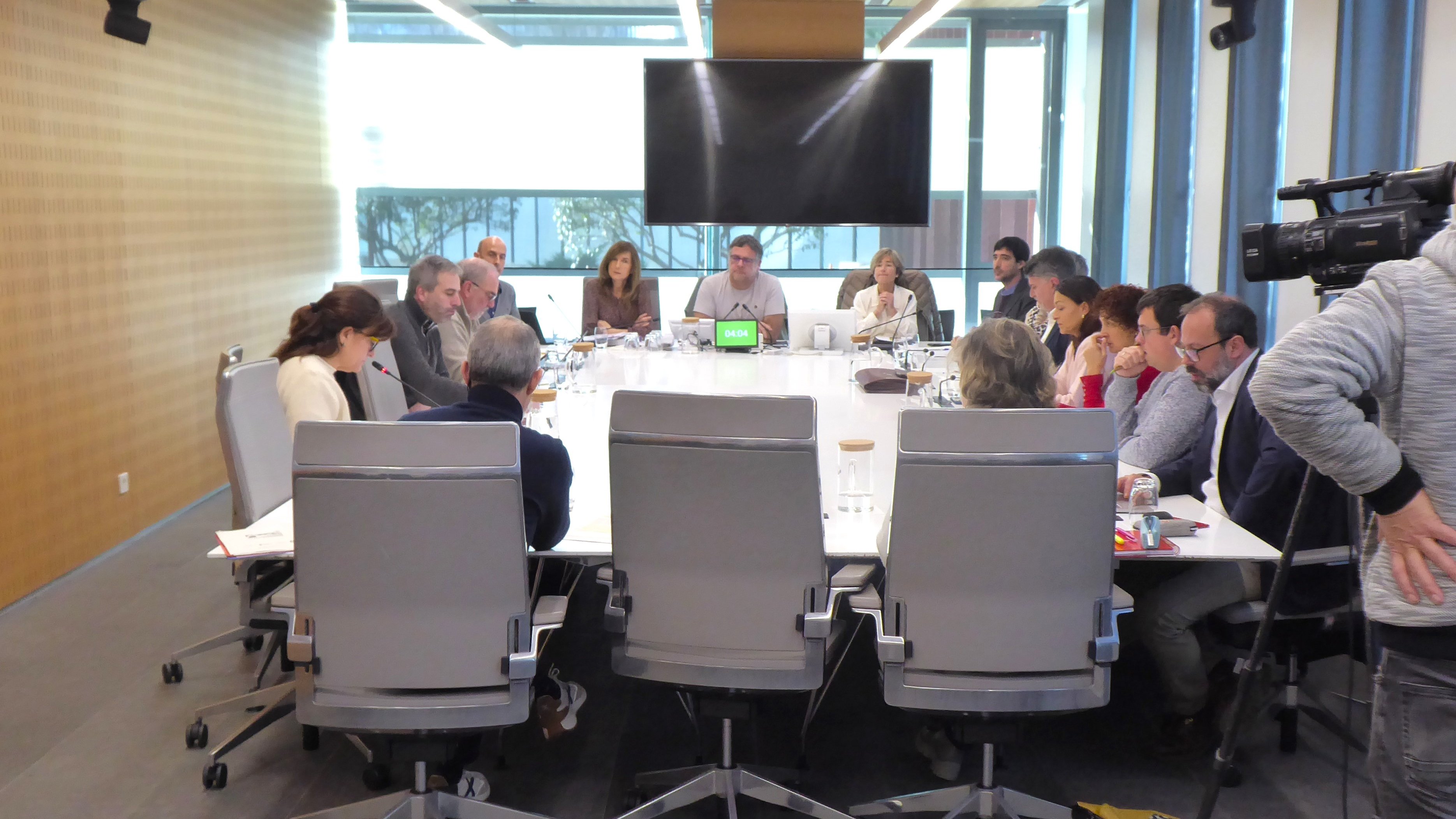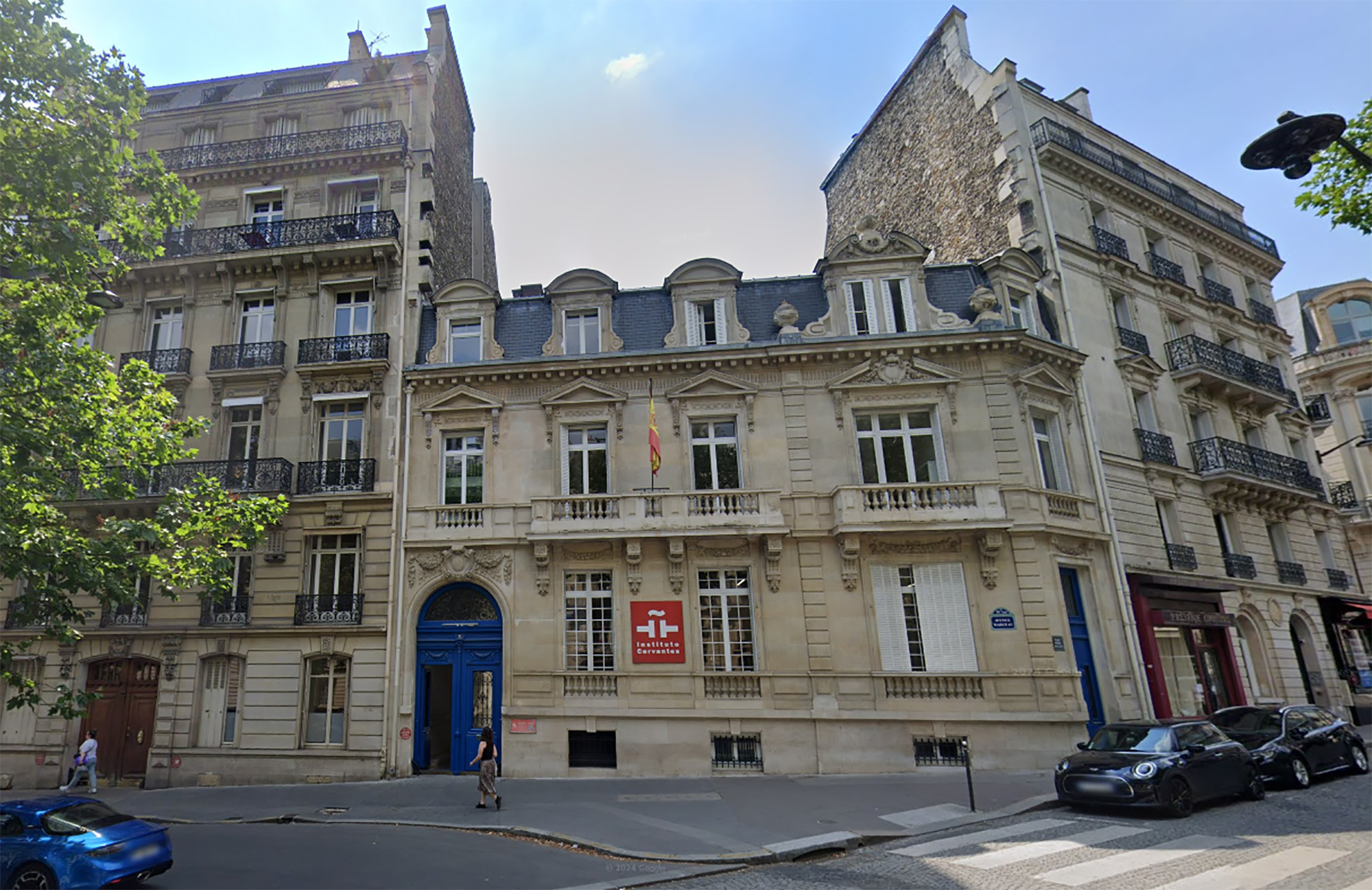"Not all the women were hidden at home, although the story has come to us"
- Look at Lanz Solbes, Oihana Llorente Arretxea and Ainara López Zarco, from the Pare association, have wanted to cast out the shadow of the women who have made history in different areas. Many others have shown that I had the same desire, the women of Irun to the plaza! Warm receptions of the documentary. "At the premiere came several mothers and daughters at once, it was nice."
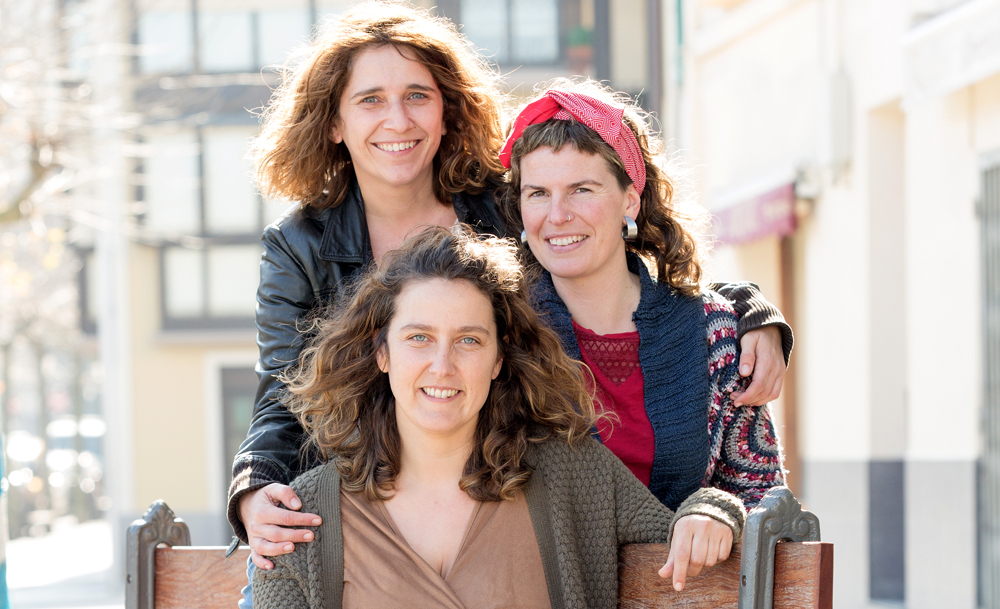
How did the idea of the documentary come about?
Llorente: In 2010, from Bilgune Feminista, we were able to see that only two of the more than 350 streets in Irun had a name for women, and two others had a name for collectives related to women. Thus, along with historian Mertxe Tranche, we began the work of recovering women from Irun's history and proposed to the political parties ten names of their own and collectives to denominate the streets. Result: In nine years, street names have gone from four to eleven in our village with a gender perspective.
López: And that visibility has its importance, because it serves to put certain characters in a collective imaginary, and because the names of the streets are also a way of making politics.
Lanz: The documentary was the second round of that working session with the EiTB group. The street names are there, but citizens know who those women were. Pulling that thread, we've created seven stories.
The adventure kicked off by seeing that for the more than 350 streets of Irun just two had a woman’s name, “because the names of the streets are also a way to make politics”
It is surprising that some of the women who appear in the documentary are unknown to many. Who has written our story?
Llorente: History has been written from the perspective of winners and nobles, and importance has been given to other roles and spaces occupied by women. For example, the messengers that appear in the documentary [that went from Irun to San Sebastian walking] are found in the literature, but they do not even appear in the patrons. It was a fundamental profession at that time, but when it came to writing history, they didn't seem to flee.
López: With the wet-nurses the same thing. Irun had many suckers who breastfed the sons and daughters of others, they were of great importance from the point of view of cohesion and care, but it is hardly documented because these areas have not been given importance.
Mertxe Tranch wouldn’t be easy to document…
Llorente: He always says that it is not easy to find women in documents. Mertxe has years of work and knowledge, and, pulling a trail, he has been able to do such a large documentation work, uniting the strands here and there… but in general it has not been written about women.
López: A lot of information gets it, for example, through interviews. And we want this documentary to be an excuse for that. Among those who came to the premiere we found a desire to talk, to tell that he was a Pocholist mother, to share stories they knew… There are many knowledge transmitted from word to mouth that have not yet come to the plaza, many women without appearing, that the documentary serves to talk about all that.
Lanz: It is a documentary that is nothing more than a snack and a starting point, a tool that aims to open a desire for curiosity and to complete it, with testimonies, with the contributions that citizens can make... The documentary was born to students and we designed it to work and deepen in the educational centers, we did not want it to be a data chaparron.
"History has been written from the perspective of winners and nobles, and importance has been given to other roles and spaces that women played"
What characteristics unites the protagonist of the documentary?
Llorente: They are silenced irunders, fighting women, each in their field. At the same time, we have sought to be different: women from two centuries, from different levels and spheres, poor and bourgeois, from the sports field, from the art or from the business world... Diverse women.
Lanz: Yes, all women have been silenced throughout history, and their footprints have come to this day precisely because they were fighting.
López: And the reflection they leave is that there were probably more Julia, Vicenta, Dolores…, which are not isolated and isolated examples, but we do not know them. Why is the story that has come to us, that until recently all women were housewives? No, not everyone was kept at home, and history has not been linear, we have lived more progressive and more reactionary times, and they have always been women who have led a different life. This audiovisual should also serve to dismantle history, to look at history and our identity with other eyes, because we also have women references in our history.
"The documentary is a snack, a tool that wants to open up the desire for curiosity and that is to be completed, with testimonies, with the contributions that citizens can make..."
You've moved from college to college with the documentary.
Llorente: We have attended seven public centers in Irun, to elementary school students. We would come up and ask them how many of the 350 streets they thought they had a woman's name in 2010. They said “100”, “50”… and 2, they were hallucinated. We explained to them the path we have taken until the eleventh hour, and then they saw the documentary.
Lanz: Subsequently, over the three months, each center has produced a woman from the documentary, from the audiovisual.
Llorente: They have approached the issue enthusiastically: Some have taken Mertxe Tranche to school, others have contacted the son of the woman of the documentary… In addition, on the historical tour of March 16, the students will make their contribution with the work they have done during these months.
Lanz: We like to work with schools to convey all these values to children who are not yet too contaminated and because education is one of the major foundations of this society and of our future. We have hope in the new generations. And for the future, the goal is to give continuity to the project: to recover more women from history and, through other ways, to make them more visible.
.jpg)

Archaeologists have discovered more than 600 engraved stones at the Vasagård site in Denmark. According to the results of the data, dating back to 4,900 years ago, it is also known that a violent eruption of a volcano occurred in Alaska at that time. The effects of this... [+]
Vietnam, February 7, 1965. The U.S. Air Force first used napalma against the civilian population. It was not the first time that gelatinous gasoline was used. It began to be launched with bombs during World War II and, in Vietnam itself, it was used during the Indochina War in... [+]
I just saw a series from another sad detective. All the plots take place on a remote island in Scotland. You know how these fictions work: many dead, ordinary people but not so many, and the dark green landscape. This time it reminded me of a trip I made to the Scottish... [+]
Japan, 8th century. In the middle of the Nara Era they began to use the term furoshiki, but until the Edo Era (XVII-XIX. the 20th century) did not spread. Furoshiki is the art of collecting objects in ovens, but its etymology makes its origin clear: furo means bath and shiki... [+]
In an Egyptian mummy of 3,300 years ago, traces of Yersinia pestis, the bacterium that caused the Justinian plague in the 6th century and the Black Plague in the 14th century, have just been found.
Experts until now believed that at that time the plague had spread only in... [+]
Greenland, the end of the 10th century. The first Scandinavian explorers and settlers arrived on the island. But by the 15th century these settlements had been abandoned and the original Inuit remained. But in 1721, the missionary Hans Egede organized an expedition and the... [+]









